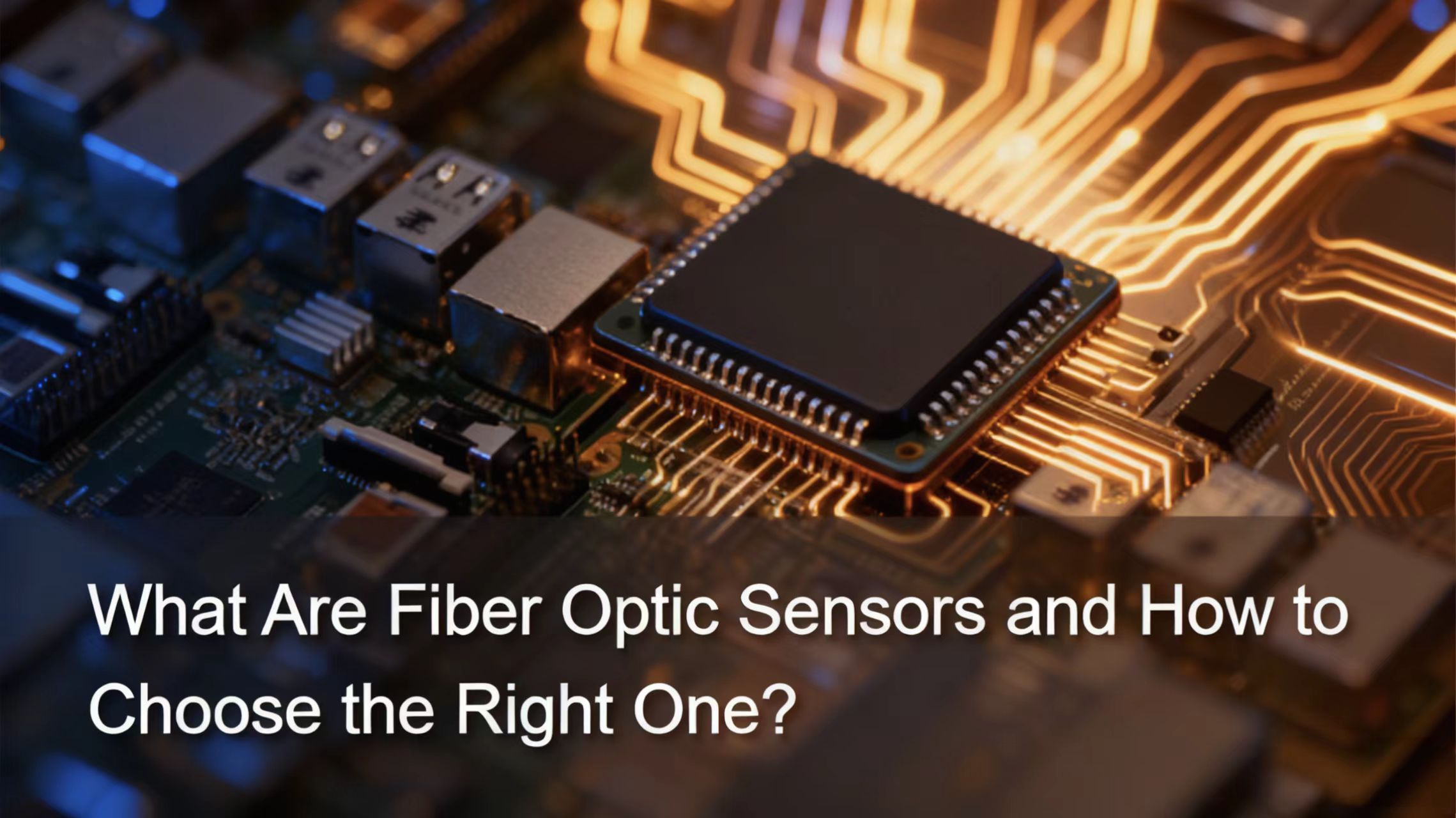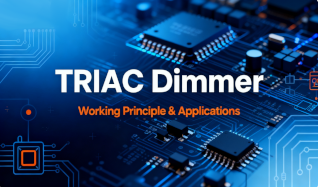Power Connectors
Power Connectors are electrical devices that facilitate the transmission of power from one component to another within a system. They are crucial for maintaining the flow of electricity in various applications, ensuring the safe and efficient transfer of energy.
Definition:
Power connectors are specialized electrical connectors designed to handle high current and voltage loads. They are engineered to provide a robust and reliable connection, often in environments where power delivery is critical.
Function:
1. Transmission of Power: They transfer electrical power from a power source to devices or systems.
2. Safety: They include safety features to prevent electrical shock and ensure the protection of users and equipment.
3. Reliability: They are built to withstand repeated connections and disconnections without loss of performance.
4. Efficiency: They minimize power loss during transmission, ensuring maximum energy utilization.
Applications:
1. Automotive: Used in electric vehicles for charging and internal power distribution.
2. Industrial: Employed in machinery and equipment for power supply and control.
3. : Vital for systems where reliability and durability are paramount.
4. Renewable Energy: Essential in solar panels and wind turbines for efficient power transfer.
5. Data Centers: Used for connecting servers and other equipment to ensure uninterrupted power supply.
Selection Criteria:
1. Current Rating: Choose connectors that can handle the maximum current your system requires.
2. Voltage Rating: Ensure the connectors can withstand the voltage levels in your application.
3. Contact Material: Look for connectors with high-quality contact materials to minimize resistance and corrosion.
4. Environmental Resistance: Consider connectors that can operate in the specific environmental conditions of your application (e.g., temperature, humidity, dust).
5. Mechanical Strength: Select connectors with robust construction to withstand physical stress and vibrations.
6. Certifications: Ensure the connectors meet industry standards and safety certifications relevant to your region or industry.
7. Ease of Use: Consider the ease of installation, maintenance, and the compatibility with existing systems.
In summary, power connectors are essential for the reliable and efficient transfer of electrical power in a wide range of applications. When selecting power connectors, it's important to consider their current and voltage ratings, material quality, environmental resistance, mechanical strength, certifications, and ease of use to ensure they meet the specific needs of your system.
Please refer to the product rule book for details.
Definition:
Power connectors are specialized electrical connectors designed to handle high current and voltage loads. They are engineered to provide a robust and reliable connection, often in environments where power delivery is critical.
Function:
1. Transmission of Power: They transfer electrical power from a power source to devices or systems.
2. Safety: They include safety features to prevent electrical shock and ensure the protection of users and equipment.
3. Reliability: They are built to withstand repeated connections and disconnections without loss of performance.
4. Efficiency: They minimize power loss during transmission, ensuring maximum energy utilization.
Applications:
1. Automotive: Used in electric vehicles for charging and internal power distribution.
2. Industrial: Employed in machinery and equipment for power supply and control.
3. : Vital for systems where reliability and durability are paramount.
4. Renewable Energy: Essential in solar panels and wind turbines for efficient power transfer.
5. Data Centers: Used for connecting servers and other equipment to ensure uninterrupted power supply.
Selection Criteria:
1. Current Rating: Choose connectors that can handle the maximum current your system requires.
2. Voltage Rating: Ensure the connectors can withstand the voltage levels in your application.
3. Contact Material: Look for connectors with high-quality contact materials to minimize resistance and corrosion.
4. Environmental Resistance: Consider connectors that can operate in the specific environmental conditions of your application (e.g., temperature, humidity, dust).
5. Mechanical Strength: Select connectors with robust construction to withstand physical stress and vibrations.
6. Certifications: Ensure the connectors meet industry standards and safety certifications relevant to your region or industry.
7. Ease of Use: Consider the ease of installation, maintenance, and the compatibility with existing systems.
In summary, power connectors are essential for the reliable and efficient transfer of electrical power in a wide range of applications. When selecting power connectors, it's important to consider their current and voltage ratings, material quality, environmental resistance, mechanical strength, certifications, and ease of use to ensure they meet the specific needs of your system.
Please refer to the product rule book for details.
Categories
Datasheets
IPT1-107-04-L-D Datasheet
4785.0000 Datasheet
1053082214 Datasheet
PCIH47M400A1 Datasheet
556880-2 Datasheet
5787441-1 Datasheet
FC681455 Datasheet
740W-D/02 Datasheet
940 Datasheet
20EJH8 Datasheet
FN 9260B-4-06 Datasheet
2304168-9 Datasheet
PL283X-301-35 Datasheet
FN 9260B-6-06 Datasheet
DD12.2321.111 Datasheet
Article

Semiconductor Market Update|TI Demand Weakens; ADI Adjusts Channel Spot Prices
➡️ Original Manufacturer Market Updates TI: Demand Decline 【Demand】Spot market gradually stabilizes this week as demand slows. Customers who previously rushed to stockpile now adopt a wait-and-see approach. While the Entity List controversy may have temporarily helped TI spot markets digest some inventory, market participants are returning to calm and rationality amid ongoing market volatility. 【Hot Components】LT1013MJGB is a ...
Learn More >

What Are Fiber Optic Sensors and How to Choose the Right One?
Table of Contents 1. Introduction to Fiber Optic Sensors 1.1. What is a Fiber Optic Sensor? 1.2. Why use fiber optics in sensing?2. How Do Fiber Optic Sensors Work? 2.1. Principle of optical fiber sensor 2.2. Components and structure 2.3. How do fiber optic strain sensors work?3. Types of Fiber Optic Sensors 3.1. By the sensing principle  ...
Learn More >

What Is a TRIAC Dimmer? Working Principle, Applications, and Comparison Guide
Table of Contents 1. What Is a TRIAC Dimmer? 1.2. Definition and Basic Function of a TRIAC Dimmer 1.3. Differences Between Triac Dimmers and Conventional Dimmers2. Working Principle of Thyristor Dimmers 2.1. AC Phase-Cutting Control: Leading Edge vs. Trailing Edge 2.2. How Thyristors Control Voltage and Current 2.3. Core Components: DIAC, Trigger Gate, Load Response3....
Learn More >
























